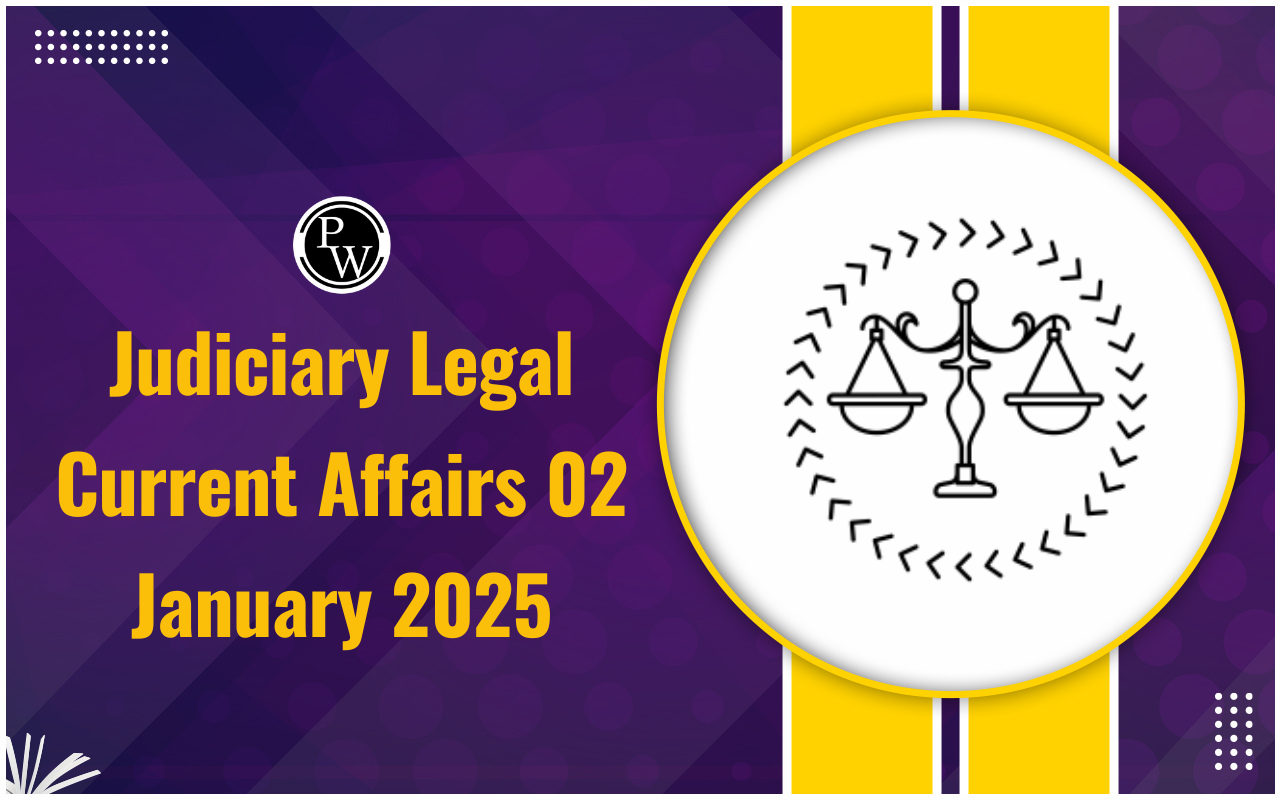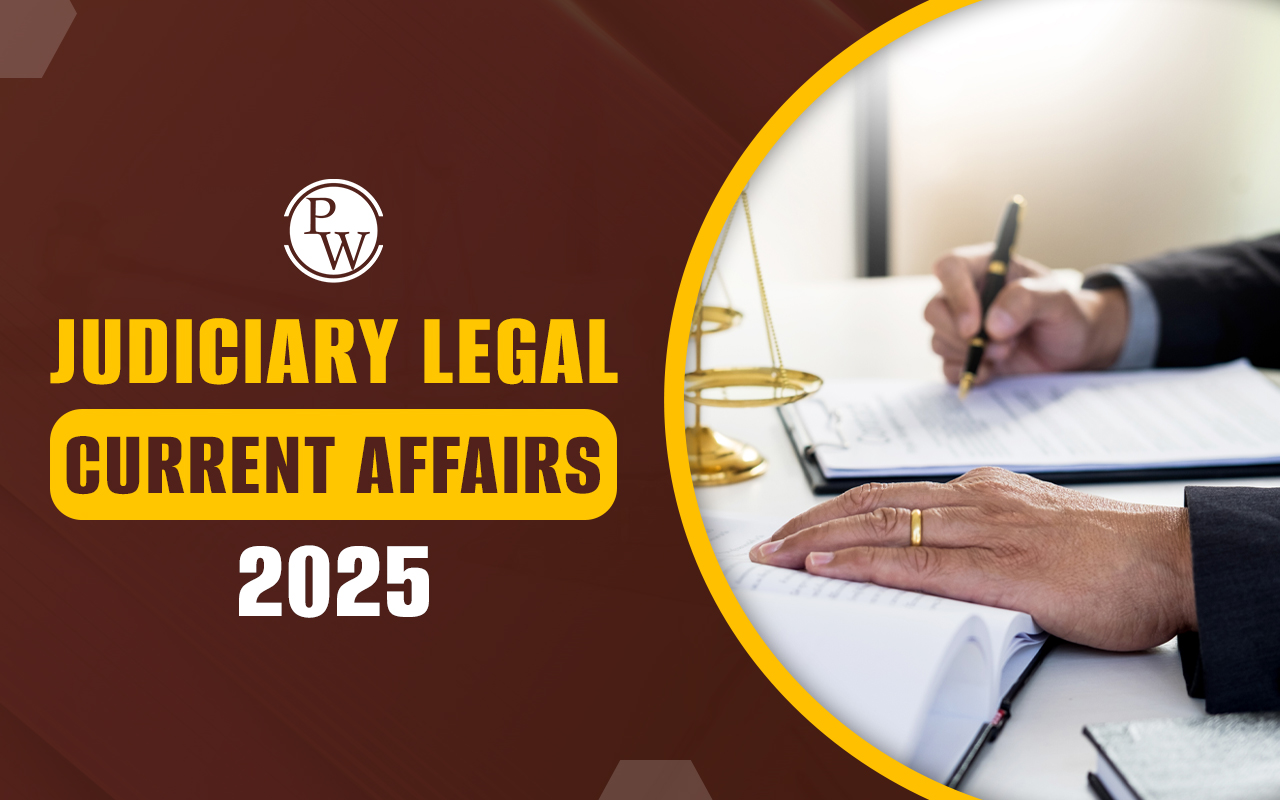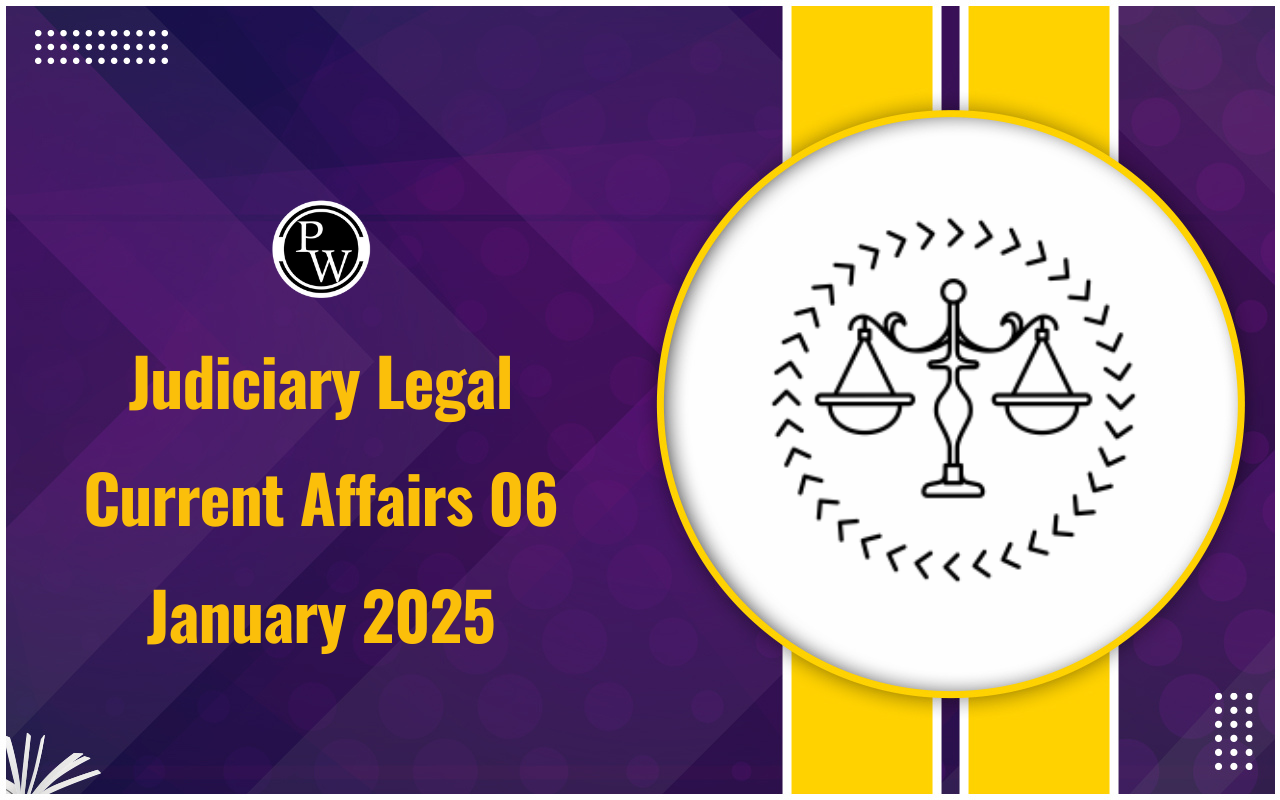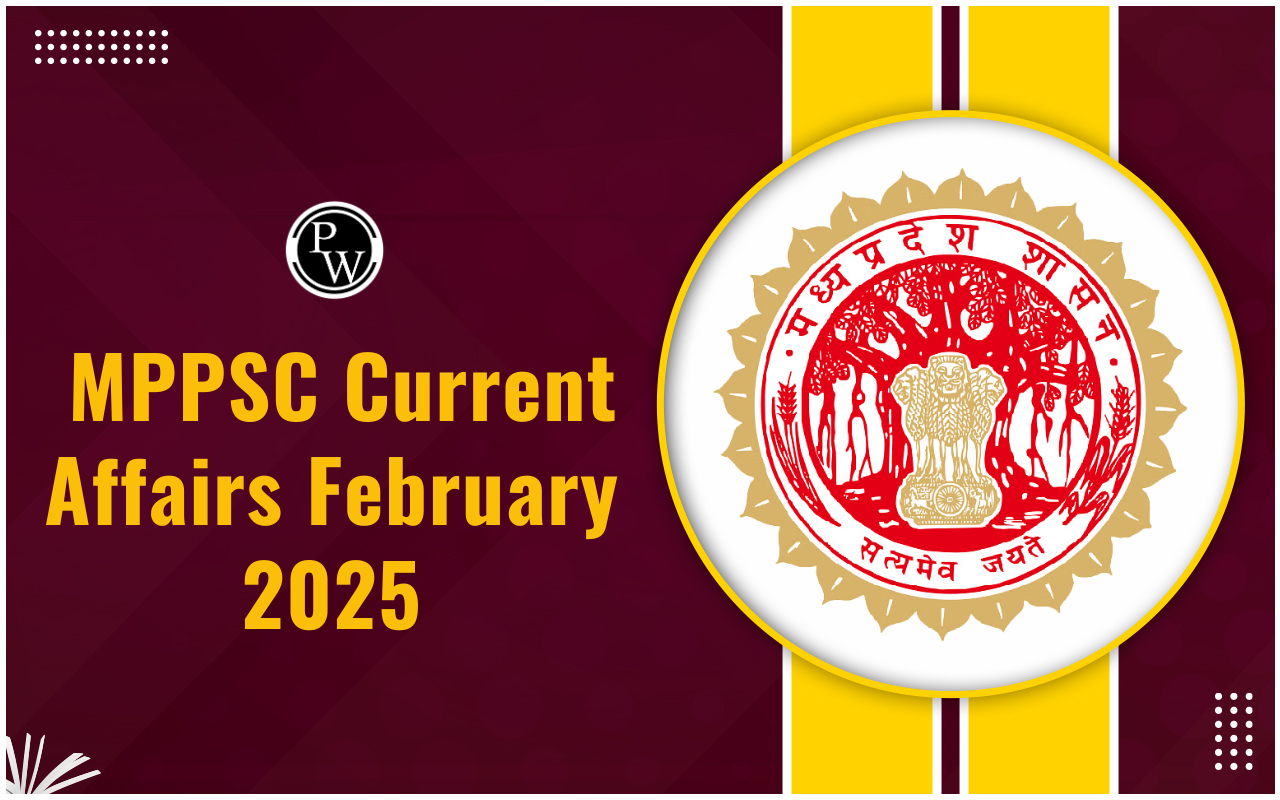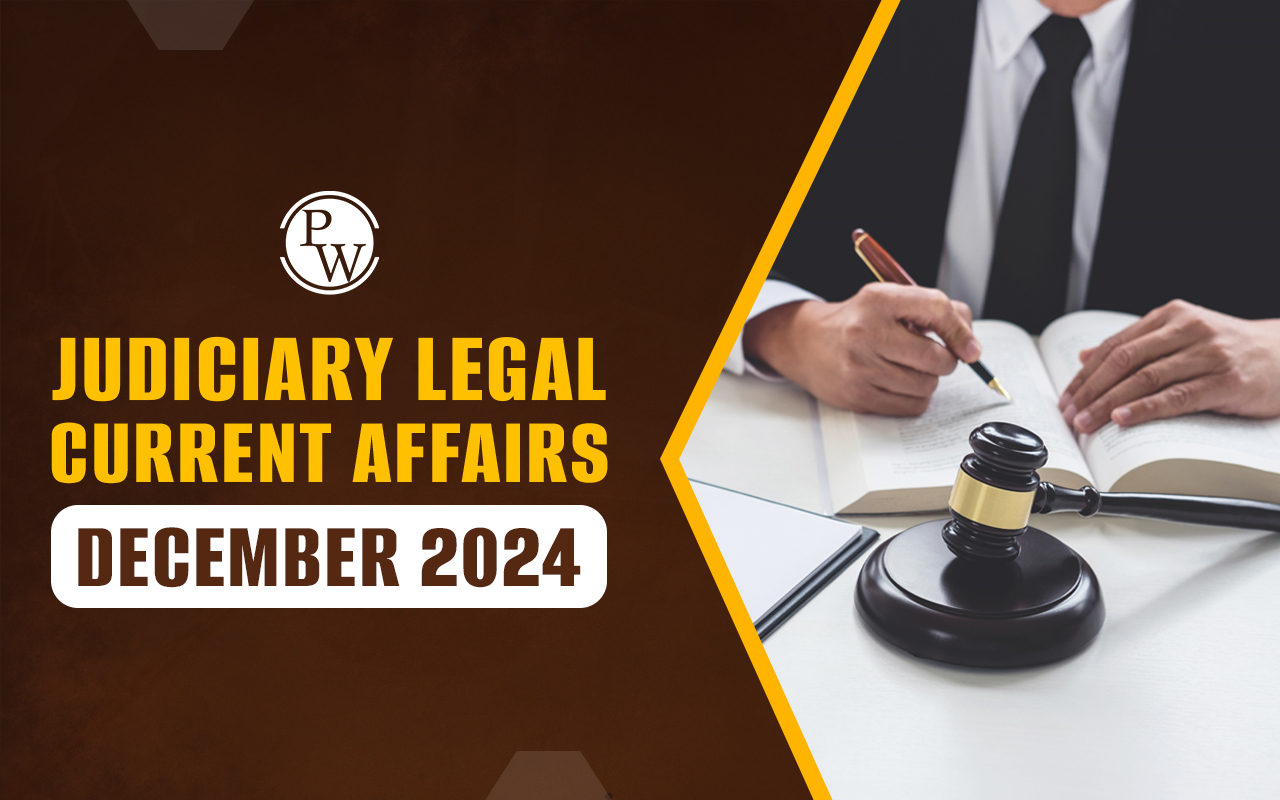
Recovery of Loans: Suppose you took a loan from some bank or credit institution. Now you have to repay this loan to the bank either as a lump sum or through EMIs. Sometimes, however, people often take out loans but do not pay them back, resulting in a bad loan for the bank. Such practices are frowned upon and not supported, so banks must ensure that they get the Recovery of Loan from the lender.
In this blog, we explain what Recovery of Loan means, what laws are involved, and how the whole process usually works. If you are a borrower, the loan repayment process is important for you to know and understand.Recovery of Loans
Recovery of Loans refers to the actions taken by banks or financial institutions to recover debt from bad loans. This process begins when the borrower does not make the agreed payments according to the terms agreed in the loan agreement. Effective loan recovery is critical to maintaining the financial health of credit institutions and ensuring the stability of the wider financial system.Bank Loan Recovery Rules
Bank loan recovery is governed by laws that protect both the lender's rights to recover money and the borrower's rights from interference. Here are some basic principles:Fair practices: Banks must follow fair practices that respect the human dignity and circumstances of the borrower. Aggressive tactics or harassment are prohibited.
Transparency: Lenders must inform borrowers about the payment and repayment. This includes providing notices before starting recovery operations.
Right to a Fair Hearing: Borrowers have the right to a fair hearing and an opportunity to present their case or come up with a revised repayment plan before drastic action is taken.
These rules are designed to ensure that debt collection is done legally and ethically, thus preventing potential abuses in the collection process.4Recover of Loans Process
The loan recovery process can vary by institution and type of loan, but usually follows a structured path:Initial Contact: Lenders first try to contact the borrower to discuss outstanding payments and understand the borrower's financial situation. This is often done with reminders and notes.
Formal demand: If the first contacts do not lead to payment, the lender sends a formal demand for payment, which sets a clear schedule for paying off the debt.
Repayment arrangement: Depending on the borrower's response and financial situation, the lender may offer a repayment plan or compensation offer. Its purpose is to make it easier for the borrower to pay off their debts without going through a full court process.
Collection agencies: In some cases, banks may hire third-party collection agencies to perform debt collection. These agencies must operate within the law and avoid abuse.
Legal action: As a last resort, the lender can take legal action to recover the outstanding loan. This step involves taking the case to court and entering a judgment against the borrower.
Foreclosure or Foreclosure: For secured loans, the lender can repossess or foreclose on the collateral (such as real estate or vehicles) used to secure the loan.
Values: If all collections fail, the lender can write off the loan as a loss on their financial statements. However, this does not necessarily release the borrower from debt.
Recovery of Loan Best Practice
To ensure efficient and fair Recovery of Loan, financial institutions must follow the following best practices:- Empathy and Respect: Treat borrowers with dignity and respect during the repayment process.
- Transparency: Maintain clear communication and transparency with borrowers about their rights and obligations.
- Compliance: Ensure that all returns operations comply with mandatory standards and guidelines.
- Documentation: Keep detailed records of all contacts and transactions with the borrower. Therefore, loan recovery is a complex process that requires balancing the lender's need to repay the money with the borrower's rights and circumstances. It is important that both lenders and borrowers understand how the loan recovery process works so that both parties can empathize with the situation before things escalate to the legal level.
Recovery of Loans FAQs
Q1. What is Recovery of Loans?
Q2. What are Loan Recovery Charges?
Q3. Is Recovery of Loans Legal?
Q4. What are the best practices of Loan Recovery?


